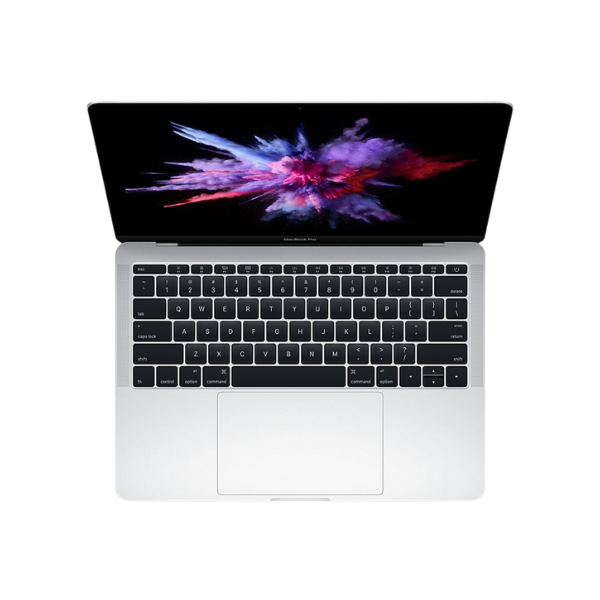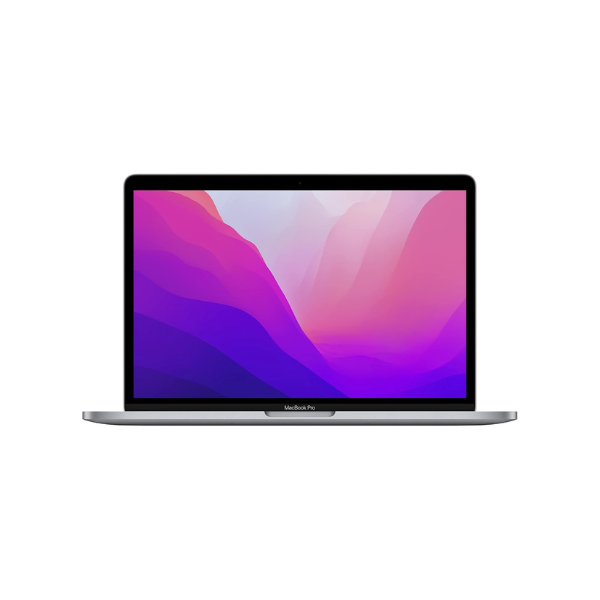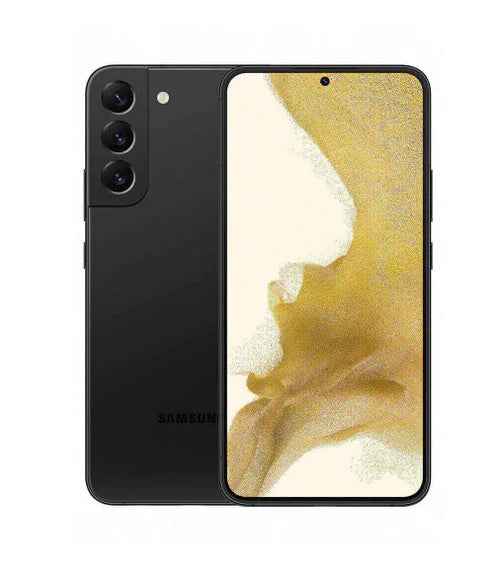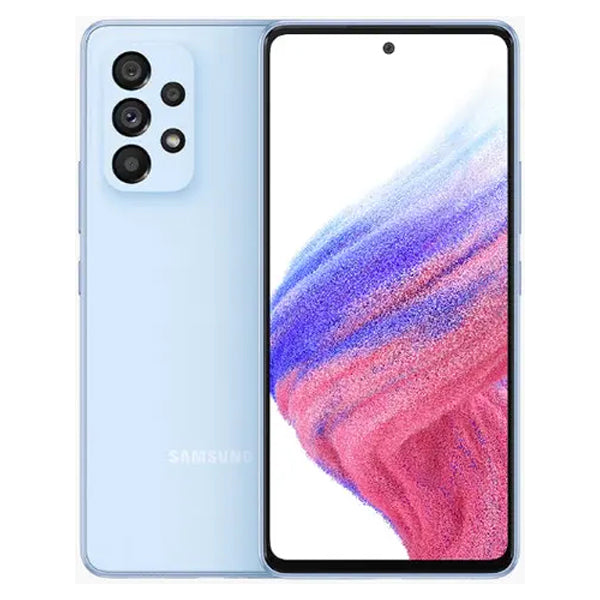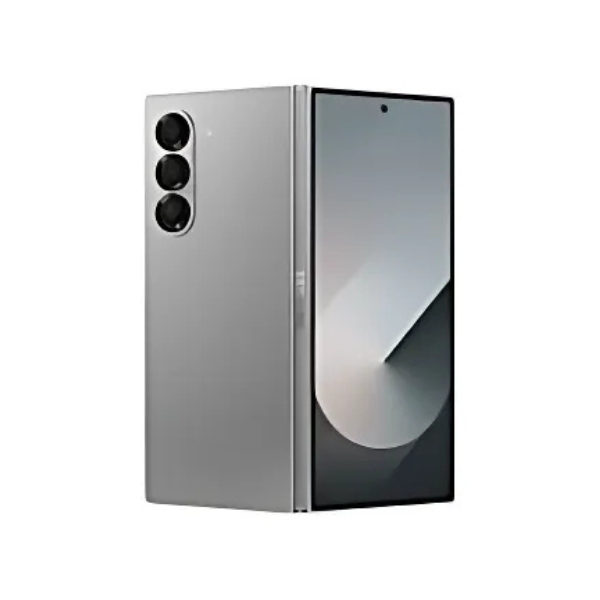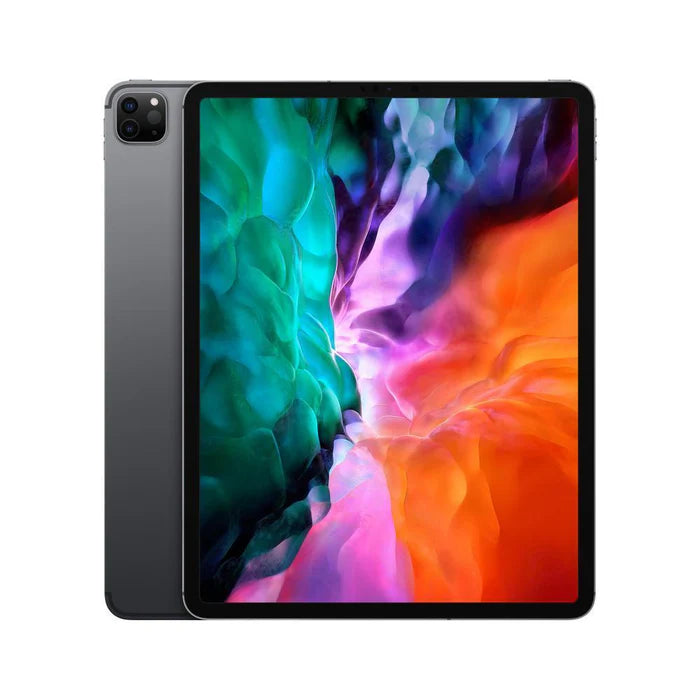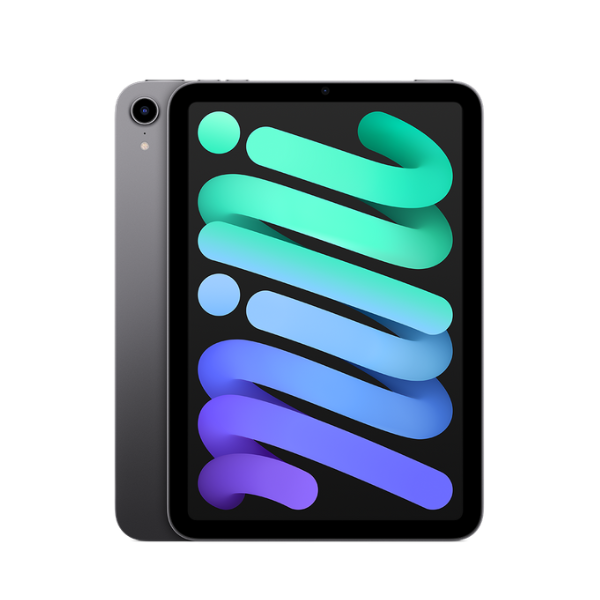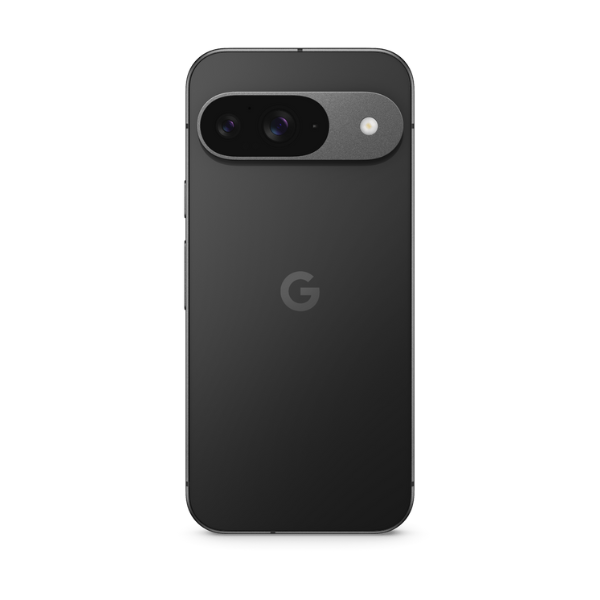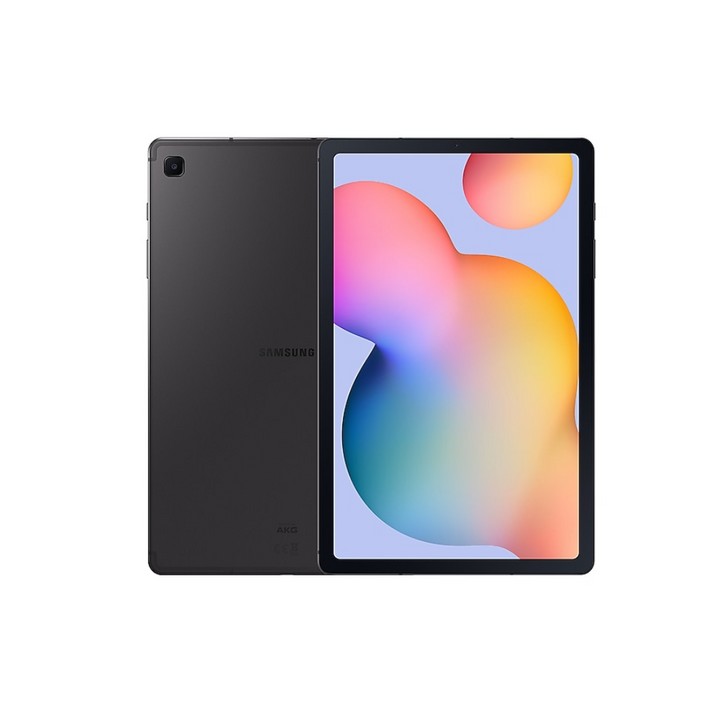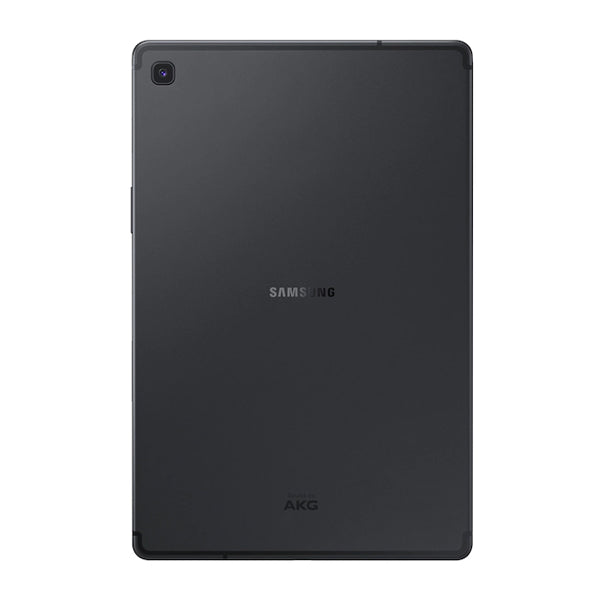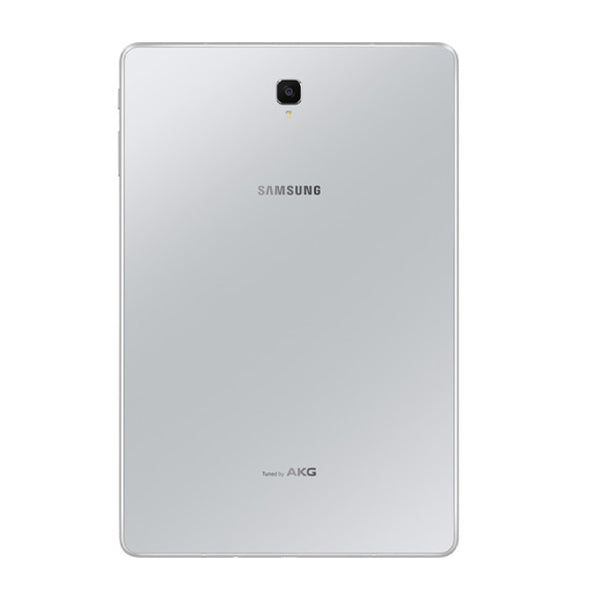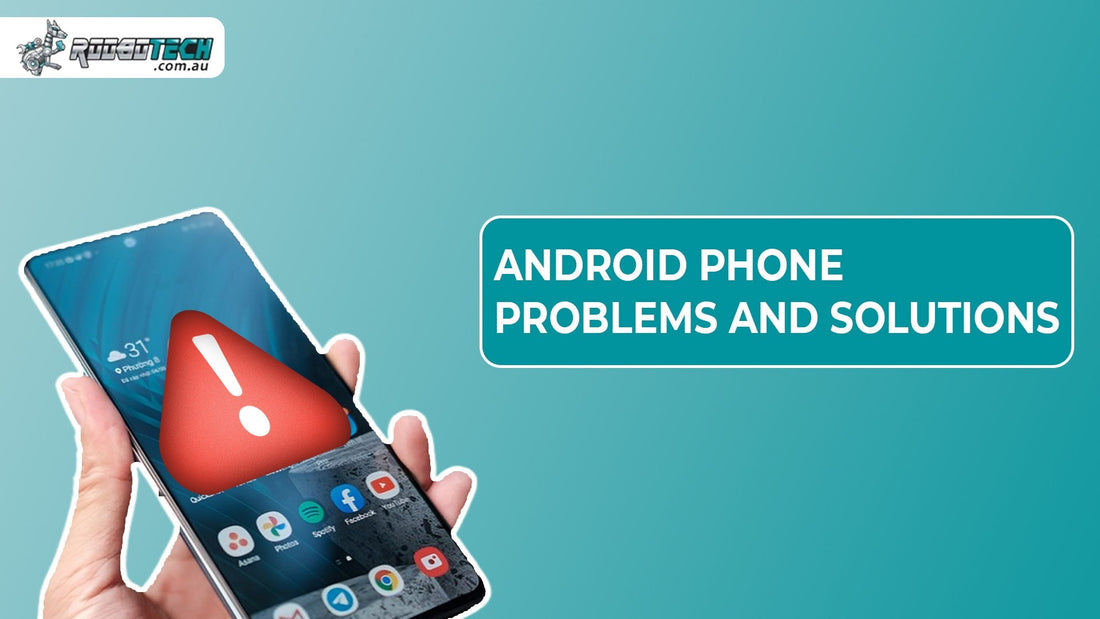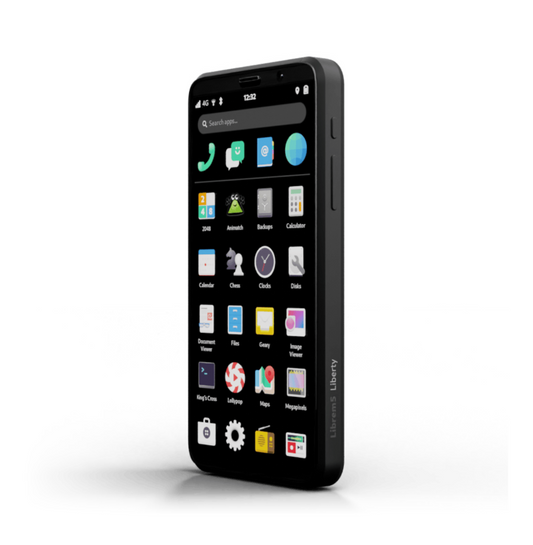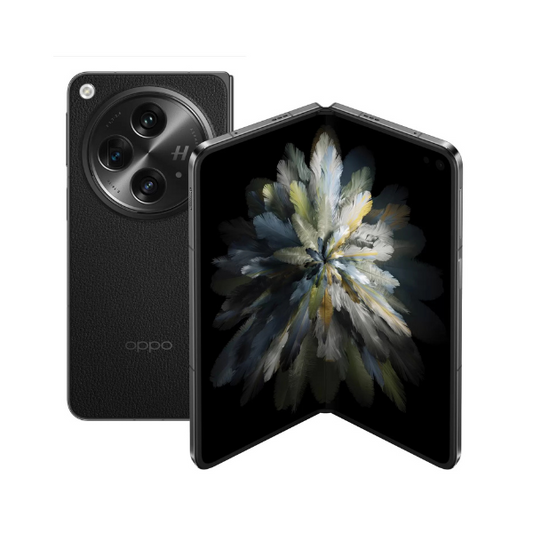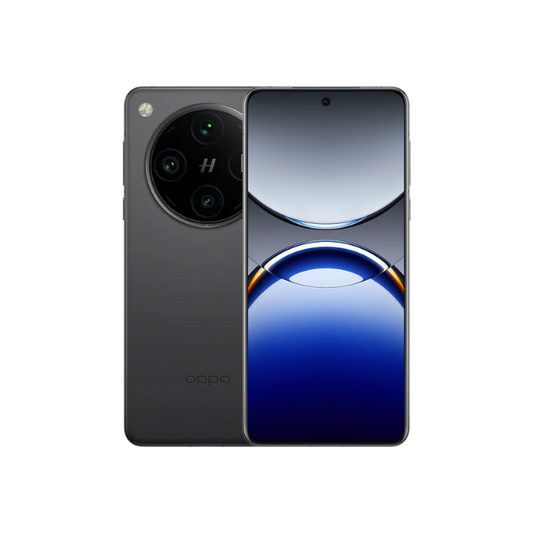Android smartphones have become a regular part of everyday use, but users often experience frustrating issues. Whether it is battery draining fast, screen unresponsive, or Wi-Fi connection errors, users can resolve all major Android phone problems and solutions in a simple way. Every user can fix most problems with easy steps, no advanced knowledge required. A range of reliable smartphones and other devices are available at Roobotech that support smoother performance and fewer issues.
1) Fix an Android Phone That Is Not Turning On
If your Android phone is not turning on, it could be due to a completely drained battery, a system crash, or an issue with the Android bootloader. Sometimes the screen stays black, and there is no sound or vibration, so it looks like the phone is off even when it is not. This issue is more common if the device has been dropped, overheated, or the battery is old. Follow these steps to try and turn the phone back on:
-
Plug the phone into a working charger for at least 30 minutes. Always use the original cable or other reliable accessories.
- After charging, press and hold the Power button and Volume Down button together for about 10 seconds. This can help force the phone to restart.
- If the screen remains black, try booting the phone into Android recovery mode. From there, select the option to perform a Factory Reset. Be aware this will erase all data from the device.
If none of these steps work, it may be a deeper hardware issue. You can contact a reliable repair assistance.
2) Fix Fast Battery Drain Problems on Android
One of the most common issues users face is fast battery drain on Android phones. This usually happens when too many apps run in the background, the battery health is poor, or the device runs outdated software. Over time, even normal usage can cause the battery to lose its strength, especially in older models with outdated Android Security Patch. You can improve the battery performance by following these simple steps:
- Open Settings, then go to Developer Options. Turn off apps running in the background, as they keep using the battery even when the phone is idle.
- In Android settings, open the Battery Usage section to check which apps are using the most battery. Uninstall or restrict those apps if not needed.
- Check if a software update is available and install it. Updates often come with battery optimizations.
If the battery still drains quickly after trying these steps, it may be time to consider a replacement.
3) Fix App Crashing Problems on Android
App crashes on Android usually happen when the app is not updated or its data is damaged. Sometimes, it may also happen because of problems with Google Play Services. You might open an app and it closes immediately, or it may freeze while using it. This often happens after a system update or if the app has not been cleared for a long time. Here are simple steps to fix app crashing issues:
-
Open Settings and go to Apps. Select the app that keeps crashing.
-
Tap Force stop app to fully stop the app from running.
-
Then, tap Clear cache and data to remove any broken or old files causing issues.
-
After that you can uninstall the app and download it again from the Play Store.
-
Finally, check if your phone has a pending Android update and install it to fix any bugs or crashes. If apps still crash often, your device may need a deeper fix.
4) Fix Android Wi-Fi and Bluetooth Connection Issues
Wi-Fi and Bluetooth issues are common in Android phones. You may face problems like the phone not connecting to Wi-Fi at all, showing an authentication error, or Bluetooth not pairing with other devices. These problems usually happen after a software update, changes in network settings, or when cache files interfere with connection processes. Let's fox this android problem by following the given steps:
-
Go to Settings, tap on System, then choose Reset Options. Now tap on Reset network settings. This will remove all Wi-Fi, mobile data, and Bluetooth settings, but it will not delete your files.
-
Next, go back to your Wi-Fi settings. Tap on the connected network and choose "Forget." After that, select the same network again and enter your password.
-
Now restart your phone and also restart your Wi-Fi router or Bluetooth device. This will refresh the connection and fix most common pairing issues.
If the connection still does not work, choose reliable options like Samsung tablets or Google Pixel devices with stable wireless performance.
5) Fix Your Android Phone Freezing Problems
If your Android phone keeps freezing or feels slow while opening or switching apps, it could be because the memory is full or the apps are not working well. The phone may take time to respond, touch may lag, or some apps may stop working. This mostly happens when the phone has less space or the software is old. You can resolve these freezing issues with the help of the given steps:
-
First, restart your phone in Safe Mode. This will stop third-party apps from running. Press and hold the power button, then press and hold the 'Power off' option on the screen. Tap OK when Safe Mode appears.
-
Next, remove the apps you do not use anymore. You can also delete large videos or photos to make more space in your phone.
-
Then, go to Android recovery mode and select Wipe Cache Partition. This clears temporary system files that may be slowing your phone down.
6) Fix No Sound & Speaker Issue on Android
Sometimes Android phones have sound problems. You may not hear media, ringtones, or calls. This can happen after an update or when an app blocks sound. It can also happen if the speaker is dirty or not working. Even with volume up, the phone may stay silent. If your Android phone has no sound or the speaker is not working, you can try these easy steps to solve the problem:
-
First, open Settings and go to Apps. Tap on Permissions and make sure the media apps you use have permission to use sound and storage.
-
Next, check if "Do Not Disturb" is turned on. Go to Settings, then tap on Notifications, and turn it off if it is active.
-
Now look at the speaker area on your phone. If there is dust or dirt, clean it gently using a soft brush or a clean cloth.
- Finally, if your phone has the option, go to Settings, then tap on About Phone. Find and open the Diagnostics option. This will check if your phone’s speaker is working or not. If sound issues continue, consider checking audio quality with new headphones.
7) Fix Your Android Charging Issues
Charging problems on Android phones can happen when the cable or adapter is damaged, the charging port is dirty, or the phone’s software is not responding. Sometimes the phone does not charge at all, charges very slowly, or shows signs of charging but the battery level does not increase. This issue is common in older devices or those using non-original accessories. Here is a basic solution you can follow to fix these charging issues:
-
Use a different charging cable and wall adapter. It is best to use the original and reliable accessories.
-
Inspect the charging port on your phone. If you see any dust or debris, clean it gently using a toothpick or a soft brush.
-
Restart your phone after plugging it in. This helps refresh the system and often restores the charging process.
If the phone still does not charge, the issue may be internal and a repair might be needed.
8) Fix Android Black or Unresponsive Screen Problems
A black or unresponsive screen on an Android phone can happen when the device crashes, overheats, or the screen hardware gets damaged. Sometimes the screen stays fully black, even when the phone is actually turned on. The touch also may not work at all. This makes it look like the phone is off, but it is still running in the background. If you are also facing this issue, try these simple steps to fix it:
-
Press and hold the Power button and Volume Down button together for about 10 seconds. This helps force a restart if the phone is still on but frozen.
-
If the screen comes on but is still not working properly, restart the phone in Safe Mode. This disables all third-party apps that might be causing the problem.
-
If the screen stays black after restarting, it could be a hardware issue and may require a screen replacement.
9) Fix an Android Phone When Texts Are Not Sending
Texting problems on Android phones can include delayed messages, messages not being delivered, or issues where SMS simply will not send at all. These problems often come from network glitches, incorrect carrier settings, or bugs in the messaging app itself. To fix texting issues on Android phones, follow these steps:
-
Open Settings and go to Mobile Network. Make sure your SIM or carrier settings are correct and active.
-
Next, go to Settings again, then tap on System. Under Reset Options, select Reset network settings. This will remove any small problems in the network connection.
- If you are using a third-party messaging app, switch to the phone’s default Messages app. It works better and is more stable with Android updates.
10) Fix Android Updates Problems
Android updates sometimes fail to install properly or cause issues with app performance. Many users notice problems like apps crashing after an update, slow system response, or even the phone freezing during or after the update process. These issues can happen due to low storage, weak battery, or compatibility errors with older apps. To solve update related problems on Android you can follow these easy steps:
-
Make sure the phone has enough free storage space and the battery is at least 50% charged.
-
Restart the phone to clear any background glitches.
-
If the phone freezes or crashes after updating, turn it off and restart in Safe Mode. This disables third-party apps that might be causing the issue.
Other Common Android Issues You May Face
Besides the major issues already discussed, Android users often face smaller problems that still affect everyday use. These problems may not stop the phone from working entirely but can cause performance issues or user frustration. Below is a list of common Android problems along with general tips to fix them:
Performance & Boot Issues
- Android stuck in boot loop
- Android stuck on boot screen
- Android phone keeps restarting
- Android device stuck in Safe Mode
Display & Touch Problems
- Android screen problems
- Android screen flickering
- Android keyboard not showing
- Android auto-rotate not working
Battery & Charging Issues
- Android phone battery issues
- Android charging issues
- Android tablet charging problems
- Android phone overheating while charging
- Android overheating warning
Network & Connectivity Issues
- Android Wi-Fi authentication problem
- Android Wi-Fi connection issues
- Android tablet Wi-Fi issues
- Android network issues
- Android Bluetooth problems
- Android phone not detecting SIM card
Sound & Audio Problems
- Android phone sound problem
- Android speaker problem
- Android microphone not working during calls
Camera & App-Related Issues
- Android camera problems
- Android app crash issue
- Android apps not downloading from Play Store
Sensor & Function Problems
- Android fingerprint sensor not working
- Android GPS not working accurately
- Android phone randomly vibrating
- Android notifications not showing
- Android alarm not going off
Compatibility & Auto Problems
- Android auto problems
- Android auto maps centered view problems
- Android phone not connecting to CRV
- iPhone to Android text problems
- Android text problems
- Android phone scrolling problem
- Most recent Android update problems
- Android software problem
- Android phone Do Not Disturb turns on by itself
Most of these problems can be fixed by restarting the phone, clearing cache and app data, updating your Android system, or resetting network settings. If problems continue, a deeper software or hardware check may be required.
Conclusion
Fixing Android phone problems and solutions does not require expert help in most cases. From Wi-Fi issues to app crashes and battery draining issues, many problems can be resolved through easy settings, updates, or recovery tools. Keep the Android OS up-to-date, manage storage, and clear app data regularly to avoid performance lags.
FAQs
How to Fix Android Phone Authentication Problem Wifi?
Forget the Wi-Fi network, restart the device, and re-enter the password. Also, try resetting network settings.
What Should I Do If My Android Phone Keeps Lagging?
Clear unused apps, use Wipe Cache Partition, and check for Android updates.
How Do I Fix App Crashes on Android?
Use Force stop app, then Clear cache and data. Update the app through Play Store.
Why Is My Android Not Charging Properly?
Check the cable and port, clean dust, and try a different charger. If the issue remains, a hardware fix may be required.
What Is Safe Mode in Android?
It is a feature that disables third-party apps to help isolate problems. It is used for troubleshooting freezing or app issues.



